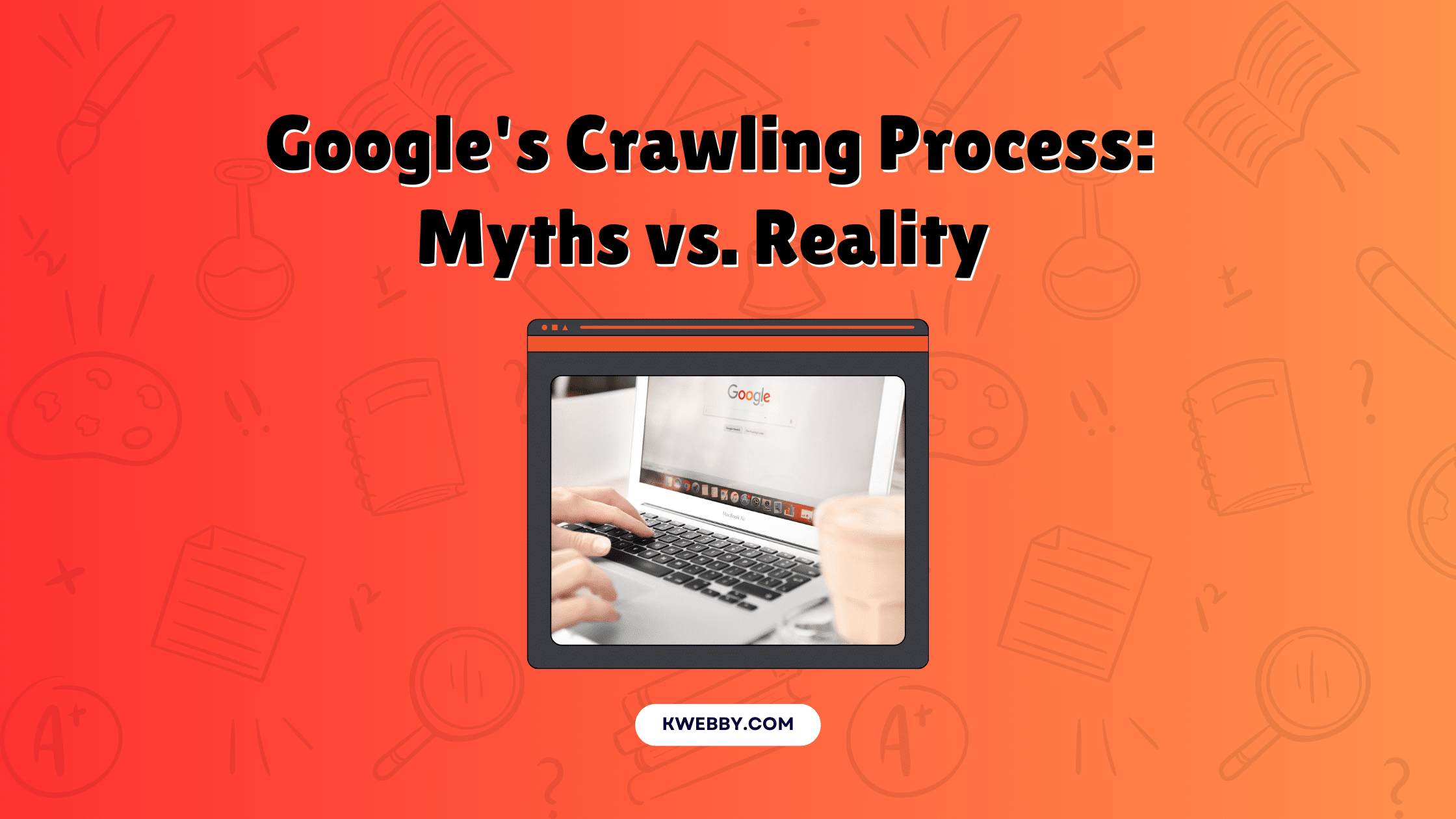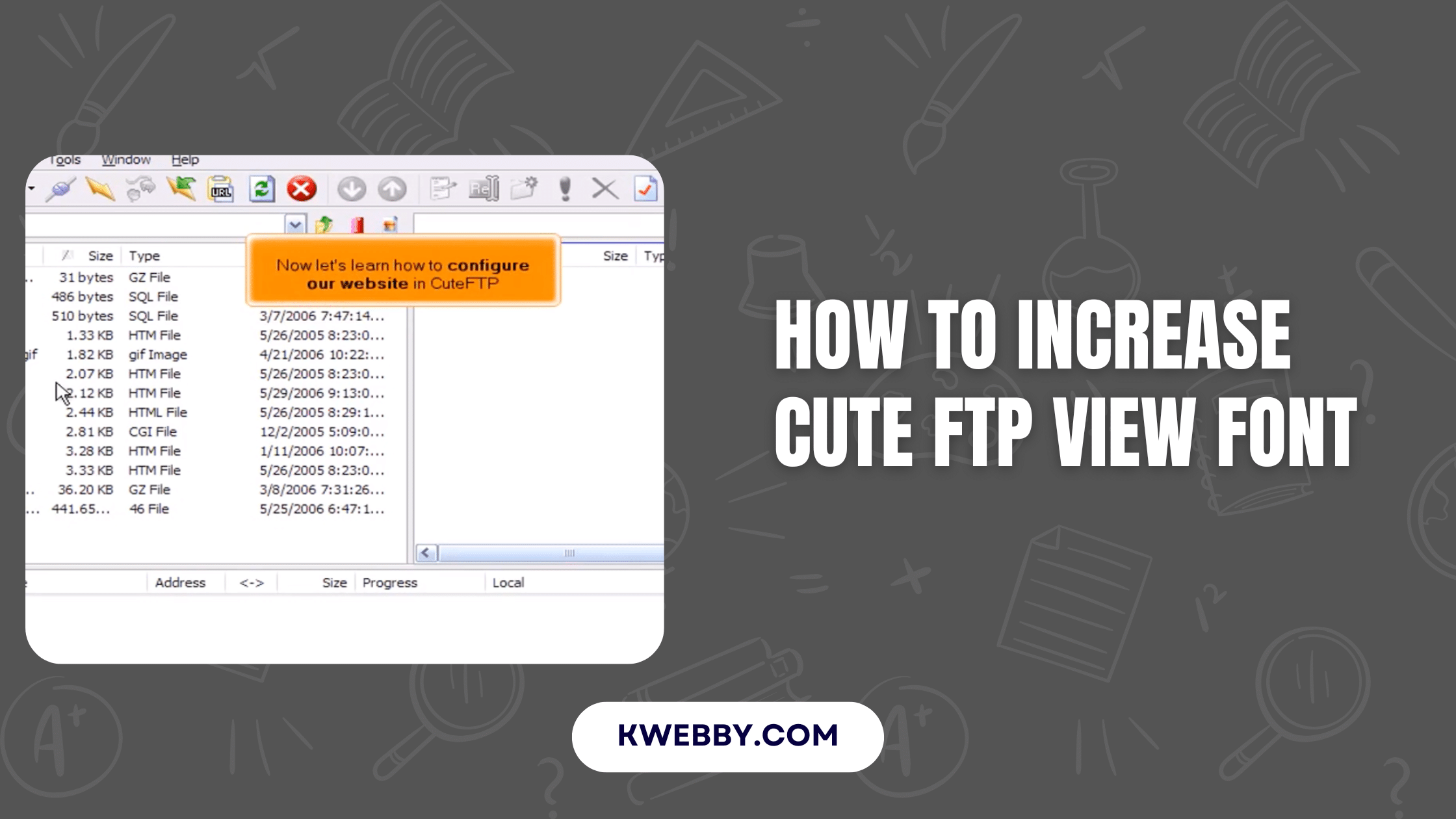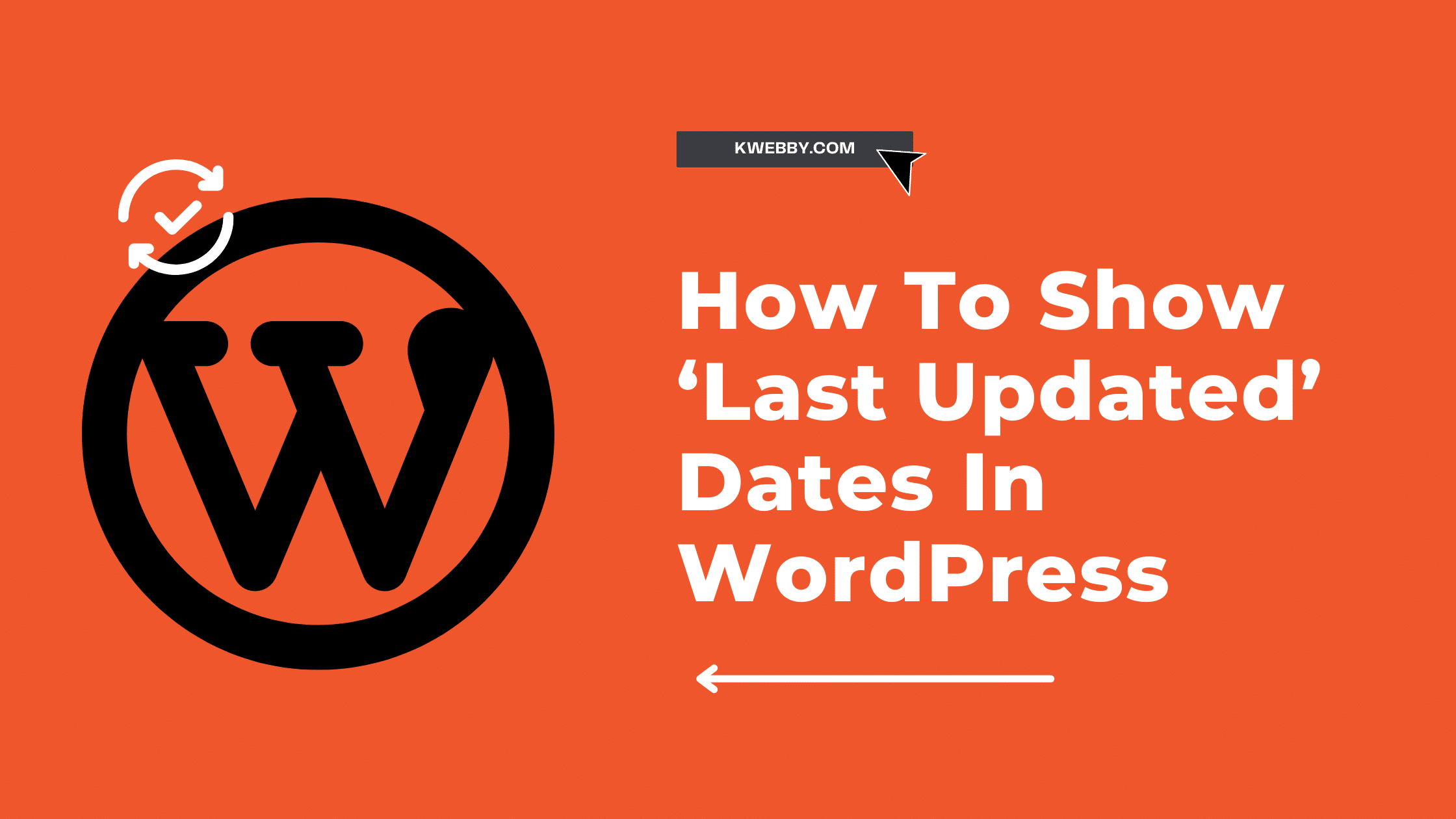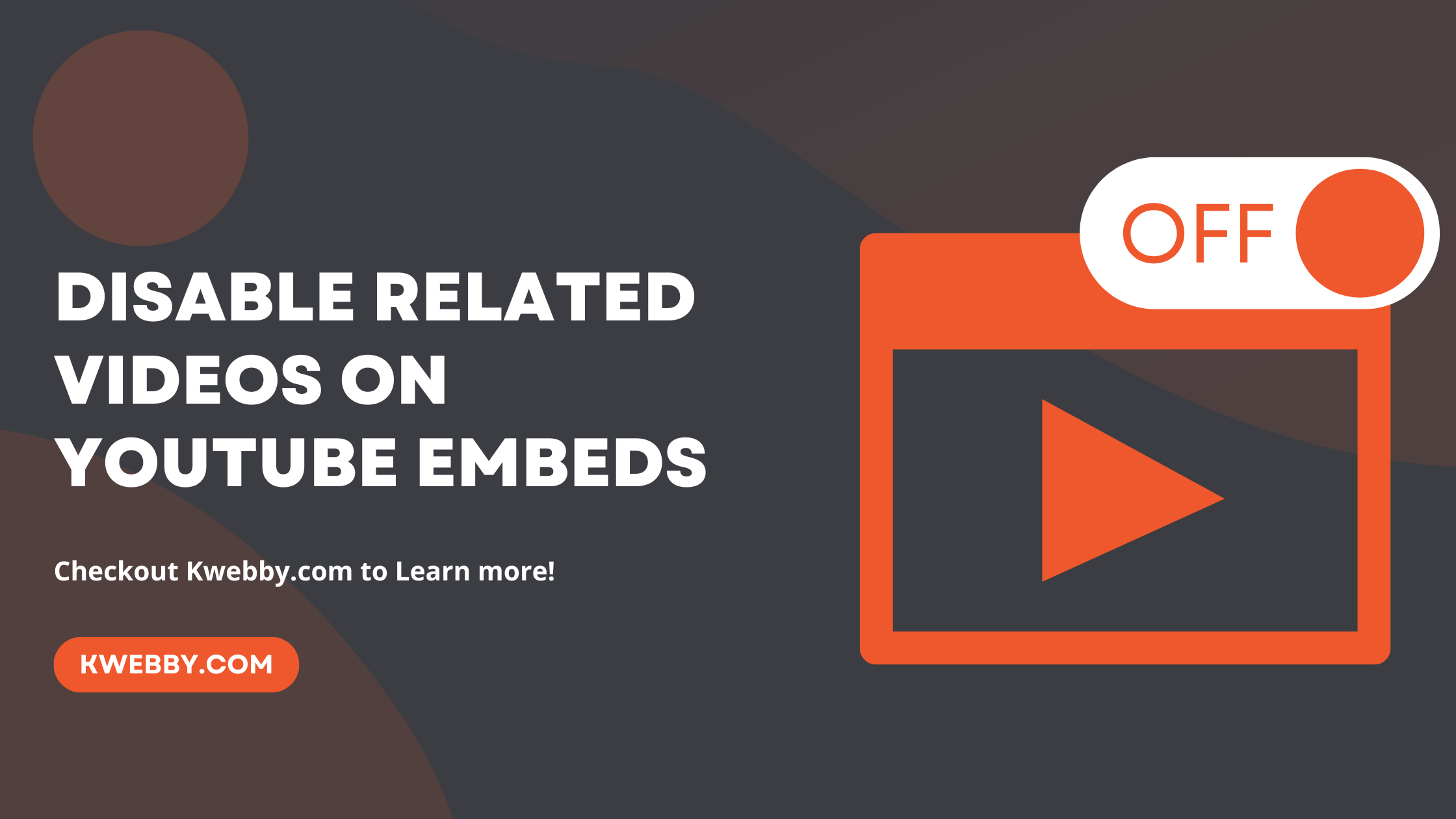Home / Blog / SEO / Advanced SEO Techniques / Google’s Crawling Process: Myths vs. Reality (From Google)

Google’s Crawling Process: Myths vs. Reality (From Google)
Choose Your Language:
When it comes to Google’s crawling process, there’s a whole lot of buzz and even more misconceptions floating around.
Many folks assume that if Google is crawling their site more often, it’s a green light for improved SEO performance—like shaking hands with the algorithm for a job well done!
But hold on a second!
More crawling doesn’t automatically mean that your site is on the fast track to SEO stardom. It can actually be a telltale sign of issues like duplicate content or excess pages that don’t add much value.
Google’s Gary Illeys and John Muller discussed Google’s Crawler in detail in their latest podcast.
So, let’s dive into the myths and realities of Google’s crawling process to better understand what that crawling traffic really means for your website!
1 Common Myths about Google’s Crawling Process
1.1 Myth 1: More Crawling Equals Higher Quality
There’s a common belief that if Google is crawling your site more frequently, it must mean your content is top-notch.
But hang on!
If Google is crawling more, it could just mean you have some issues
the Google team shared in a podcast episode.
For instance, it might indicate a problem, like duplicate content or poorly structured pages, rather than a commendation for quality.
1.2 Myth 2: You Can Force Google to Crawl More
Many people think that manipulating the robots.txt file or adding parameters can make Googlebot more eager to crawl their site.
While a fancy robots.txt can influence crawling, it’s not a golden ticket.
The Google team points out that good content naturally attracts crawling, while excess crawling can arise from less desirable situations, like a site being hacked or filled with low-quality pages.
1.3 Myth 3: Crawling Frequency Means Better Rankings
Just because Googlebot visits your site often, doesn’t mean you’ll rank higher in search results.
As discussed in the podcast, an increase in crawling might just reflect that Google’s trying to figure out whether your site has issues or new content to offer.
It’s like Google is saying, “Hey, I’m not sure what’s going on here—let me take another look!”
1.4 Myth 4: All Content Needs to be Crawled Constantly
With many sites, it’s not necessary for every page to be crawled all the time.
As stated by the Search Team, if pages aren’t updated, Googlebot might slow its crawling rate.
It’s like checking your fridge; if nothing’s changed since the last visit, there’s no reason to peek in again right away.
1.5 Myth 5: You Can Control Crawling through Search Console
Some users believe they can demand or request more crawling through Google Search Console.
Unfortunately, as the podcast highlights, Googlebot operate on its own schedule—your request won’t guarantee they’ll boost the crawl volume.
Think of it like trying to convince your cat to play fetch—it’s just not happening!
By understanding these myths, site owners can make more informed decisions about their content strategy and grasp what Google’s crawling actually signifies for their websites.
2 What does increased crawling really indicate?
So, let’s unpack what it really means when Googlebot starts visiting your site more frequently. Here are some insightful takeaways from the podcast discussion:
- Quality Isn’t the Only Factor: As Gary noted, “Googlebot tends to crawl more from sites with high-quality, helpful content.” However, that doesn’t mean increased crawling always indicates quality. Sometimes it means there are issues, like duplicate content or even hacked sites. Gary quipped, “It could also mean you’ve got a calendar script that’s gone haywire!” It’s all about context.
- Crawling Doesn’t Equal Higher SEO: Just because Googlebot is buzzing around your site doesn’t guarantee a boost in search rankings. It could simply reflect Google trying to determine whether your site has issues or if there’s fresh content. It’s akin to Google saying, “Hey, let’s take another look here!”
- Static Content Means Less Crawling: If your pages aren’t being updated, Googlebot might dial back on its visit frequency. As Lizzy put it, “If nothing’s changed since the last visit, there’s no reason to peek in again right away.”
- The Role of Server Performance: Slow response times can also affect crawling frequency negatively. High latency can prompt Googlebot to decrease the rate of visits, which means better server performance could lead to more crawl opportunities.
- The Illusion of Control: Many site owners believe they can push Googlebot to crawl more by tweaking settings in Google Search Console. However, as John pointed out, “your request won’t guarantee they’ll boost the crawl volume.” It’s more about ensuring your content is valuable and accessible.
Understanding these nuances can help site owners navigate their SEO strategies more effectively, turning the complex world of crawling into something a little less daunting!
3 When Less Crawling Happens and Why?
Alright, let’s get into the nitty-gritty of what happens when Googlebot decides to take a step back and crawl less often. Based on insights from the podcast, here’s a breakdown of key reasons and context behind decreased crawling frequency:
- Quality Signals: As Lizzy noted, “if we are not crawling much or we are gradually slowing down with crawling, that might be a sign of low-quality content.” Essentially, if Googlebot sees that your content isn’t changing much or isn’t engaging users, it might slow down its visits. It’s like a friend who stops texting because the conversation got boring!
- Static Content Matters: Googlebot doesn’t want to waste time on pages that aren’t updated. As Gary explained, “if pages aren’t being updated, there’s no reason to peek in again right away.” This means that if you’re not rolling out new content or refreshing your existing pages, expect fewer visits from the crawling crew.
- Server Performance and Blockages: Sometimes the issue lies with your server itself! If your site is slow to respond, Googlebot will notice this. John shared a key point: “if it takes on average like three seconds to get a page from your server, we don’t want to crawl you more often!” So, a sluggish server? That’s a real buzzkill for crawling!
- The Role of Bots and Parameters: If you’ve got a garden variety of URL parameters, that can confuse Googlebot as well. Gary mentioned, “for every single URL that there’s on the internet, you have an infinite number of versions.” When your site is packed with parameters that don’t change the actual content, Googlebot might not bother crawling as frequently when it doesn’t see the value for its efforts.
- Crawl Budget and Time Management: Lastly, Googlebot has to manage its time wisely. The Google folks pointed out, “we don’t like when people think about crawl budget, but we are still spending time on crawling.” So if there’s trouble with your site’s performance or content quality, expect a scaled-back crawling schedule.
By keeping an eye on these factors and making necessary adjustments, site owners can enhance their chances of getting Googlebot to swing by more often!
4 Practical advice for site owners from Google
To help site owners navigate the tricky waters of crawling and improve their site’s visibility, here are some handy tips based on insights from the podcast:
- Monitor Your Crawl Stats: Keep an eye on your crawl stats in Google Search Console. As John pointed out, “if it takes on average like three seconds to get a page from your server, we don’t want to crawl you more often!” Faster server response times can lead to more frequent crawling.
- Quality Content Matters: Googlebot tends to crawl more from sites with high-quality, helpful content. Lizzy mentioned, “if we are not crawling much or we are gradually slowing down with crawling, that might be a sign of low-quality content.” Fresh, engaging content encourages bots to come back more regularly.
- Minimize URL Parameters: Complex URL parameters can confuse Googlebot and waste crawling resources. According to Gary, “for every single URL that there’s on the internet, you have an infinite number of versions,” so simplifying parameters can improve efficiency and ensure valuable pages are prioritized.
- Utilize Robots.txt Wisely: Use the robots.txt file to manage what parts of your site should be crawled or ignored. This is particularly relevant if there are portions of your site that you don’t want to send crawling traffic to, allowing Googlebot to focus on your most important content.
- Implement Caching Mechanisms: Employ HTTP response headers such as “If-Modified-Since” to help Googlebot identify changes without needing to download the entire page. This can significantly save bandwidth and resources. As mentioned in the podcast, “304 not modified” responses eliminate unnecessary data transfers.
- Don’t Rely Solely on Crawl Requests: Understand that you cannot control the crawl rate with requests in Google Search Console. John noted, “if there’s trouble with your site’s performance or content quality, expect a scaled-back crawling schedule.” Focus on improving site quality rather than trying to manipulate crawling frequencies.
By applying these strategies, site owners can create a more crawl-friendly environment and improve overall site performance in search results!




